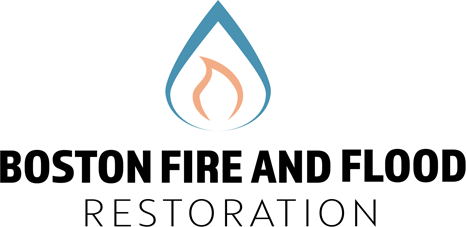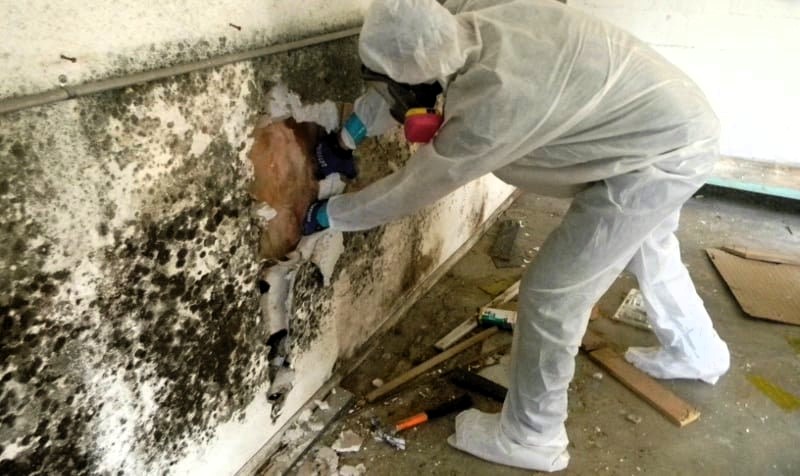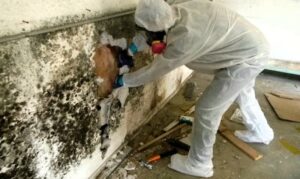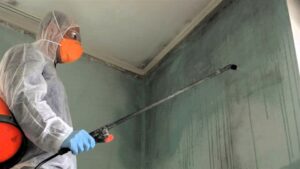How Long Does Mold Remediation Take? Have any Idea? Mold infestation is a challenge that many homeowners and business owners face, often catching them unprepared. Understanding the timeframe for effectively dealing with this issue is crucial for planning and peace of mind. This article provides a comprehensive look into the process of mold remediation, specifically addressing the common concern: “How long does mold remediation take?” We will explore various factors influencing the duration, compare traditional and modern methods, and offer guidance for those navigating this often stressful situation.
The time required for mold remediation varies, with traditional methods typically taking one to five days. However, advanced techniques like Dry Fog can significantly expedite the process, completing it in as little as four hours.
Overview of Mold Remediation
Mold remediation is not just about removing visible mold; it’s a comprehensive approach to restoring a safe and healthy environment. Mold can cause structural damage to buildings and has potential health implications, making its effective and timely removal a priority. This process involves assessing the infestation, containing the area, removing the mold, and taking measures to prevent its return.
How Long Do Traditional Mold Remediation Methods Take?
Traditional mold remediation methods, which are thorough and methodical, typically take about a week to complete, although this can vary depending on the extent of the infestation. The process starts with an assessment and development of a remediation plan, followed by containment to prevent the spread of spores. The actual removal of mold-infested materials, such as drywall or carpeting, is a critical phase and can be time-consuming.
Following this, the area undergoes rigorous cleaning and sanitization, including air purification. The final stage involves restoration and preventive measures to avoid future mold issues. In cases of extensive infestations or where structural repairs are needed, the remediation process can extend to several weeks, highlighting the importance of considering the severity of the mold problem when estimating the timeframe for remediation.
Factors Affecting Remediation Duration
The timeline for mold remediation can be influenced by the scale of mold growth, type of surfaces involved, and the method of remediation chosen. Accessibility of the affected area also plays a critical role; mold hidden behind walls or in other hard-to-reach areas can extend the remediation process.
Traditional Remediation Methods
Traditionally, mold remediation involves a multi-step process including the physical removal of mold-infested materials, application of antimicrobial agents, and sealing of affected areas. This approach can take up to a week, depending on the extent of the mold. Post-remediation, repairs and restoration of the affected areas are often required, adding to the overall timeline.
Innovative Remediation Techniques
Emerging technologies in mold remediation, such as Dry Fog Technology, have revolutionized the process. This method involves dispersing a sterilizing fog that eliminates mold on contact, reaching areas that traditional methods may miss. This approach is not only quicker, often completed in a matter of hours, but also less invasive, reducing the need for extensive repairs.
Preparation for Remediation
Effective preparation is key to a smooth remediation process. Homeowners should start by isolating the affected area and avoiding any disturbance that might spread mold spores. It’s also important to document the situation for insurance purposes and consider relocating temporarily, especially in cases of extensive infestation.
After Remediation: Prevention and Maintenance
Post-remediation, ongoing vigilance is essential to prevent mold recurrence. This includes maintaining appropriate humidity levels, ensuring proper ventilation, and regularly inspecting potential mold hotspots. Immediate attention to any water leaks or moisture buildup is also crucial.
Health Impacts of Delaying Mold Remediation
- Immediate and Long-term Health Risks: Expand on the health implications of mold exposure, detailing how delaying remediation can lead to both immediate respiratory issues and long-term health conditions. Discuss the potential for mold to exacerbate asthma, cause allergic reactions, and even lead to more serious conditions like chronic sinusitis or pulmonary infections in susceptible individuals.
- Psychological Stress and Quality of Life: Address the psychological impact of living in a mold-infested environment, including stress, anxiety, and decreased overall quality of life. Highlight the importance of timely remediation in restoring not just physical health but mental well-being.
Cost Implications of Mold Remediation Timelines
- Financial Impact of Extended Remediation: Discuss how the duration of mold remediation can affect the overall cost. Longer remediation times may result from extensive infestations, leading to higher labor costs, additional living expenses if relocation is necessary, and potential loss of income for businesses.
- Cost-Effectiveness of Rapid Remediation Techniques: Contrast this with the cost-effectiveness of newer, faster remediation methods like Dry Fog. While the upfront cost may be higher, the reduction in remediation time can significantly lower indirect costs by minimizing disruption and damage.
Technological Advances in Mold Remediation
- Emerging Technologies: Beyond Dry Fog, introduce other emerging technologies and methods that are changing the landscape of mold remediation. This might include advancements in eco-friendly antimicrobials, precision moisture detection tools, and robotic inspection devices that can access hard-to-reach areas, offering more thorough assessments and targeted treatments.
- The Role of AI and Machine Learning: Touch on the potential role of artificial intelligence (AI) and machine learning in diagnosing mold types more quickly and predicting potential future growth areas, streamlining the remediation process further.
Legal and Regulatory Considerations
- Compliance with Health and Safety Regulations: Provide information on the legal and regulatory aspects of mold remediation, including the need for compliance with local health and safety guidelines. This can affect the timeline for remediation, as certain protocols must be followed to ensure the safety of both the remediation team and the building’s occupants.
- Liability and Insurance Issues: Discuss how the speed of mold remediation can impact liability issues, especially in rental properties or businesses. The article could offer guidance on navigating insurance claims related to mold damage, which can influence the urgency and approach to remediation.
Environmental and Sustainability Aspects
- Eco-Friendly Remediation Practices: Elaborate on the importance of environmentally sustainable mold remediation practices. This could include the use of green cleaning products, waste reduction strategies during remediation, and measures to ensure that remediation efforts do not adversely affect the surrounding environment.
Conclusion
Dealing with mold remediation can be daunting, but understanding the process and what to expect in terms of time can alleviate much of the stress involved. Whether opting for traditional methods or innovative technologies, the key is prompt action and expert intervention to ensure a mold-free environment.
FAQ Section, How Long Does Mold Remediation Take
How long does mold remediation typically take in homes and businesses?
For most homes and businesses, mold remediation using traditional methods can take from 1 to 5 days, depending on the severity of the infestation. Newer methods like Dry Fog offer a faster solution, potentially clearing mold within hours.
Is it safe to stay at home during mold remediation?
It is generally advised to vacate the premises during extensive mold remediation. This is to avoid exposure to mold and the chemicals used in the remediation process. In less severe cases, staying at home may be feasible, but it’s best to consult with the remediation professionals.
How effective are newer mold remediation technologies compared to traditional methods?
Newer mold remediation technologies, such as Dry Fog, are highly effective and efficient. They offer a comprehensive treatment that covers areas traditional methods might miss and can significantly reduce the time required for remediation.
What steps should I take to prepare for mold remediation in my home or business?
To prepare for mold remediation, start by identifying the affected areas and limit any movement in these areas to prevent the spread of spores. Documentation of the damage for insurance claims and arranging temporary relocation if necessary are also important steps.
How can I ensure mold does not return after remediation?
To prevent mold from returning, maintain humidity levels within the recommended range of 30-50%, ensure proper ventilation, and conduct regular inspections. Addressing any moisture issues promptly is also key to preventing mold growth.



